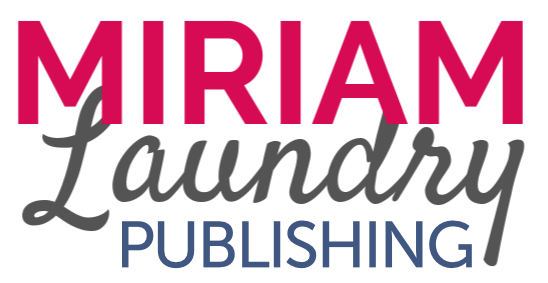The second phase of editing is commonly referred to as structural editing or content editing (the first phase of editing is known as the manuscript analysis). In this blog, I’ll show you what structural editing is and how to do it yourself.
What Structural Editing is
Structural editing is the second phase of editing you’ll see from a professional editor. It’s also the second phase of editing you’ll want to do before you hire a professional.
Unlike a manuscript analysis, structural editing requires you to take a closer look at your story. You’ll want to evaluate each scene, noting whether it’s necessary, the events unfold in a logical manner, and so on.
Therefore, it’s always a good idea to markup your manuscript as you move through this type of editing. Feel free to leave digital comments and edits in a computer document OR print off your manuscript and use pen and paper to make notes.
Here’s an example of the type of comment you can expect from structural edits:
This scene is arguably the most important moment in the story; your main character has come to terms with their personal struggle and is finally making a substantial change, which will then enable them to solve the problem in the story. However, this scene involves lots of “telling” and not enough “showing”. To make the most of this scene and impact your reader, draw this scene out. Use concrete details to paint a vivid picture in the reader’s mind AND occupy the character’s body. Don’t simply tell us that she’s confident — show us.
Structural edits may feel daunting, but rest assured. A good editor will pick apart your story so that every moment is crafted to perfection and will keep your reader interested. Therefore, you should do the same. Don’t be afraid to use that trusty red pen!
Pre-Edit & Save on Your Budget:
Editing Checklist for Children's Books
How to Structurally Edit Your Own Manuscript
Similar to a manuscript analysis, the best way to conduct structural editing on your own work is to ask yourself a series of questions and keep notes as you seek the answers. Here is a list of questions to ask yourself during this phase.
Questions about Scene
- Is every scene clear & concise, making it consumable for my young target audience?
- Do I see tension in each scene? Are the stakes high or low? Am I keeping my reader engaged by alluding to an impending decision/challenge/cumulative moment?
- Does every scene build upon the last, making a logical sequence of events?
- Are my scenes in the correct order, or would it make more sense to reorder them?
Questions about Pacing
- Does every scene occupy the appropriate pacing (e.g., fast during less impactful moments & low during key moments)?
- Is there appropriate pacing across the manuscript as a whole (e.g., does the action slowly rise, amount to a peak, then quickly relax into the ending)?
- Am I showing emotions and telling facts? Or am I misusing “show don’t tell”?
Questions about Character
- Is there one clear main character, or am I trying to juggle too many central characters at once?
- Are my secondary characters supporting the story and contributing to the plot, or are they simply taking up space?
- Is there one clear antagonist? Is the antagonist appropriate for the age group I’m writing for?
Questions about Voice
- Do I use a unique voice throughout my story?
- Does each of my characters have a distinguishable voice that is appropriate to their age, background, etc. (e.g., does the 5-year-old sound her age, or does she sound like an aged & posh professor)?
Once you’ve worked through these questions and made the appropriate adjustments, you will be finished with your DIY structural editing.
